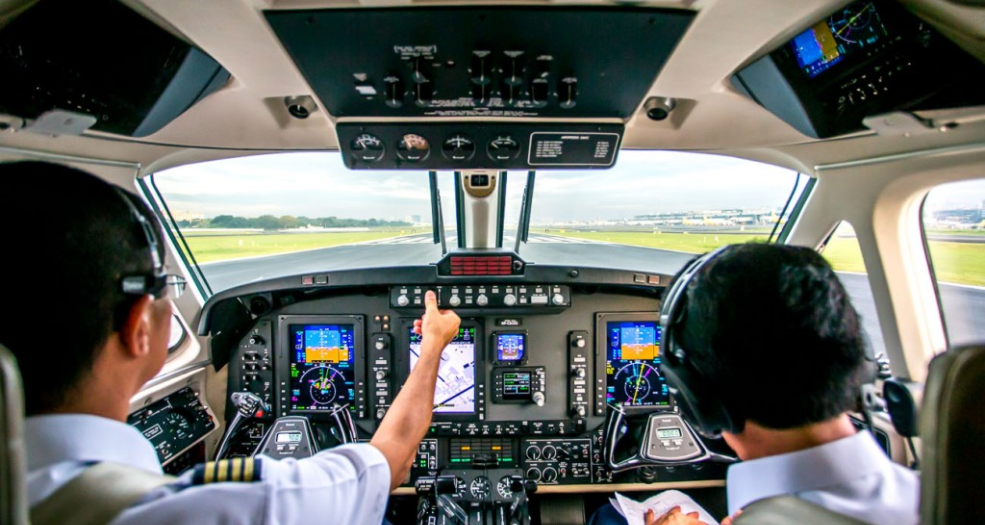
ATP has assisted thousands of men and women in becoming pilots. You would anticipate seeing a large number of airline pilots at an ATP flight school, and this is the case. Here, current and former airline pilots are putting in plenty of effort to train new pilots for the airline sector. Seeing trainees become proficient pilots and eventually work for airlines is one of the greatest joys. This article highlights the procedures for obtaining a private pilot certificate and becoming a fully qualified pilot.
1. Choosing the Right Flying School
Before enrolling in the flying studies, it is important to conduct research on the schools available. Investigating your alternatives for flight training is the first step toward becoming a private or commercial pilot. Choose the curriculum that best suits your flying objectives by researching and contrasting the various flight school offerings.
2. Take a Flight for Admissions
Admissions flights, also known as discovery flights, are initial flight lessons that let you compare training programs and flight schools. You will get a firsthand look at the aircraft, training, and level of instruction that a flight school provides throughout your trip. Additionally, it’s a fantastic method to have a better understanding of what flying is like from the controls.
3. Make an FAA Medical Certificate application.
To fly, a pilot must fulfill several fundamental medical standards. You need to apply for a first-class medical certificate from an Aeromedical Examiner (AME) and fulfill greater medical requirements than recreational pilots if you wish to fly professionally.
4. Ask the FAA for a Student Pilot Certificate.
Your flight instructor can assist you in applying for a student pilot certificate via the FAA’s Integrated Airman Certification and Rating Application (IACRA) website. A student pilot certificate is required to fly solo during training, although it is not required to begin flying instruction.
5. Learn to Fly Lessons
Enroll in flight training courses and start pursuing the prerequisites for pilot training experience and aeronautical knowledge required to become a private pilot.
6. Pass the Knowledge Test for Private Pilots
You must take and pass the computer-based FAA private pilot knowledge test as part of your flight training. You need your flight instructor’s endorsement to take the test.
7. Pass the Practical Exam for Private Pilots
Taking a practical test with a Designated Pilot Examiner (DPE) is the last stage in obtaining your FAA private pilot certificate. You will become a private pilot after passing this test, which includes both an oral and a flight component. At this point you are a qualified pilot.
Key Points
You can become a pilot in as short a duration as three months by completing the flight training required for your private pilot’s license through ATP’s fast-track, Airline Career Pilot Program. You will obtain your flight instructor and commercial pilot certificates within the next nine months, preparing you to begin your career as a commercial pilot. Following this guideline will enable you to choose the right school offering the program to fit your needs.
